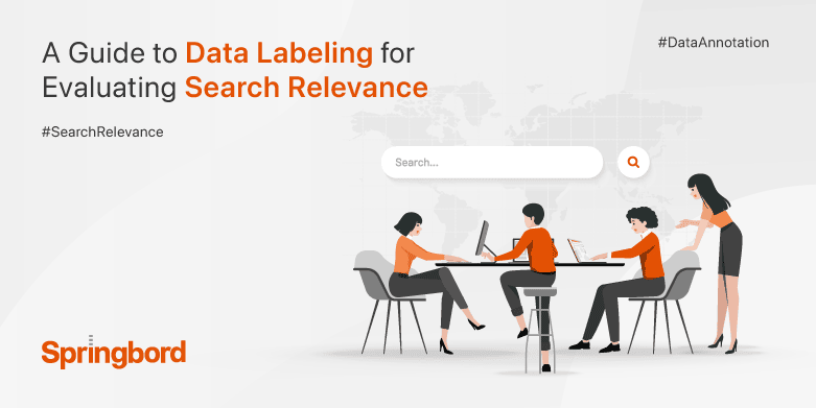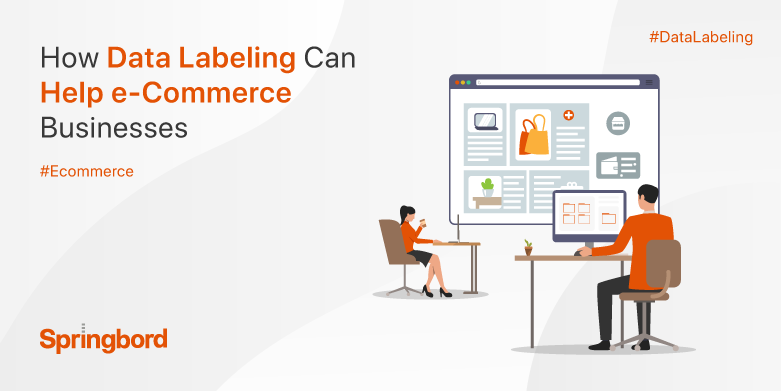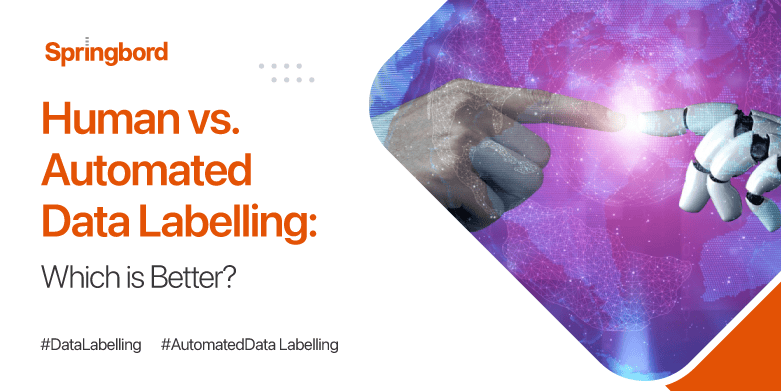 Read time 5 min
Read time 5 minData labeling is an essential step in the process of building and training machine learning models for search relevance evaluation. It involves annotating and categorizing data sets to train and test the model’s ability to match the relevance of search results to a user’s query.
This process is critical to the accuracy and performance of search engines, and it requires a high degree of expertise and attention to detail.
This guide covers everything from understanding the basics of data labeling to implementing best practices and avoiding common pitfalls.
Search Quality Evaluation
Search quality evaluation is the process of measuring the relevance of the search results. One of the most popular methods for evaluating search quality is NDCG (Normalized Discounted Cumulative Gain). NDCG is a measure of a search engine’s effectiveness, where the retrieved documents’ relevance is taken into account.
To calculate NDCG, we first need to assign a relevance score to each document. The relevance score is a value between 0 and 1, where 1 represents the most relevant document and 0 represents the least relevant document. Once we have the relevance scores, we can calculate NDCG by comparing the relevance scores of the retrieved documents to the relevance scores of the ideal documents.
For example, let’s say we have a search query “data labeling” and we have retrieved the following documents:
- Document 1: “Data labeling techniques for machine learning” – relevance score: 0.8
- Document 2: “Data labeling for search relevance evaluation” – relevance score: 0.7
- Document 3: “Data labeling in natural language processing” – relevance score: 0.6
- Document 4: “Data labeling in computer vision” – relevance score: 0.5
- Document 5: “Data labeling in speech recognition” – relevance score: 0.4
The ideal documents for this query would be:
- Document 1: “Data labeling techniques for machine learning” – relevance score: 0.8
- Document 2: “Data labeling for search relevance evaluation” – relevance score: 0.7
- Document 3: “Data labeling in natural language processing” – relevance score: 0.6
The NDCG for this query would be:
(0.8 + 0.7 + 0.6) / (log2(1 + 3) + log2(1 + 2) + log2(1 + 1)) = 0.67
Query sampling
Query sampling is a crucial step in the process of data labeling for search relevance evaluation. It involves selecting a representative sample of queries from a larger set of data to use as the basis for labeling. The goal of query sampling is to ensure that the labeled data is representative of the overall population of queries and accurately reflects the performance of the search algorithm.
One example of query sampling would be for a retail company that sells clothing. The company would gather a large set of data on customer search queries, such as “men’s t-shirts” or “summer dresses.” From this data, a representative sample of queries would be selected, such as “men’s t-shirts in size large” or “black summer dresses.” These queries would then be used as the basis for data labeling, with the goal of determining the relevance of search results for those specific queries.
It’s important to note that query sampling should be done in a way that minimizes bias and ensures that the sample is representative of the overall population of queries. This can be achieved by using a random sampling method or by selecting queries from different segments of the data, such as queries from different regions or queries that have different search intent.
Crowdsourcing
Crowdsourcing is the process of outsourcing tasks to a large group of people, often through an online platform. This approach allows for a large amount of data to be labeled quickly and efficiently, as multiple people can work on the task simultaneously. Additionally, crowdsourcing allows for a diverse group of annotators to participate, which can lead to more accurate and diverse labeling.
When it comes to data labeling for search relevance evaluation, there are several types of crowdsourcing tasks that can be utilized. These include:
- Sentiment analysis: Annotators review and categorize text data based on the sentiment expressed (e.g. positive, negative, neutral). This can be useful for understanding how users feel about specific search terms or products.
- Image tagging: Annotators review and tag images with relevant keywords or categories. This can be useful for improving image search results and making them more relevant to users.
- Text categorization: Annotators review and categorize text data into specific categories (e.g. news, sports, entertainment). This can be useful for understanding the content of search results and making them more relevant to users.
- Named entity recognition: Annotators review and identify specific entities (e.g. people, places, organizations) within text data. This can be useful for understanding the context of search results and making them more relevant to users.
Crowdsourcing can be an effective way to improve search relevance through data labeling. However, it is important to choose a reputable crowdsourcing platform and carefully select and train annotators to ensure accurate and consistent labeling.
Aggregation of Answers
The first step in the data labeling process is to gather data. This can be done through various methods such as web scraping, user surveys, or manual annotation. The data should be relevant to the search relevance task and should be representative of the intended user population.
Once the data has been gathered, it needs to be labeled. This can be done through manual annotation or through the use of automated tools. Manual annotation is a time-consuming process, but it allows for more control over the data and is generally more accurate. Automated tools, on the other hand, can be used to speed up the labeling process, but they may not be as accurate as manual annotation.
The next step is to aggregate the answers. The Bradley–Terry model is a widely used method for aggregating data. It is a statistical method that is used to combine multiple ratings or judgments of the same object. The model is based on the assumption that the likelihood of one object being chosen over another is proportional to the difference in their ratings.
In addition to the Bradley–Terry model, the NoisyBT algorithm can also be used to aggregate data. NoisyBT is an extension of the Bradley–Terry model that accounts for the presence of noise in the data. This algorithm can be used to improve the accuracy of the data labeling process by reducing the impact of noise on the results.
Finally, the labeled data can be integrated into the search relevance algorithm. This step involves using the labeled data to train and evaluate the algorithm. The results of the evaluation can be used to improve the algorithm and to ensure that it is providing relevant results to users.
Selecting Pairs
When it comes to evaluating the relevance of search results, data labeling plays a crucial role in ensuring accuracy and consistency. One of the first steps in data labeling for search relevance evaluation is selecting pairs of query and document instances. This process involves selecting a set of queries and corresponding documents that are relevant to each other.
The selection of query and document pairs should be based on a set of predefined criteria. For example, the query and document should be related to the same topic, have similar keywords, or be relevant to the same audience. This ensures that the data being labeled is relevant and accurate.
It is important to note that the selection of query and document pairs should be done by a team of experts who have a deep understanding of the subject matter and the needs of the organization. This team should be able to identify relevant queries and documents that are representative of the organization’s target audience and goals.
Once the query and document pairs have been selected, they should be labeled according to a set of predefined categories. These categories should be based on the organization’s specific needs and goals, and should be easy to understand and apply.
Conclusion:
At Springbord, we strive to provide our clients with the best possible service, and our data labeling guide is just one of the ways we do that.
By providing clear and actionable information, we aim to empower our clients to make informed decisions and achieve optimal results from their search relevance evaluation projects.
If you have any questions or would like to learn more about our data labeling services, please don’t hesitate to reach out to us. We’re always happy to help.







